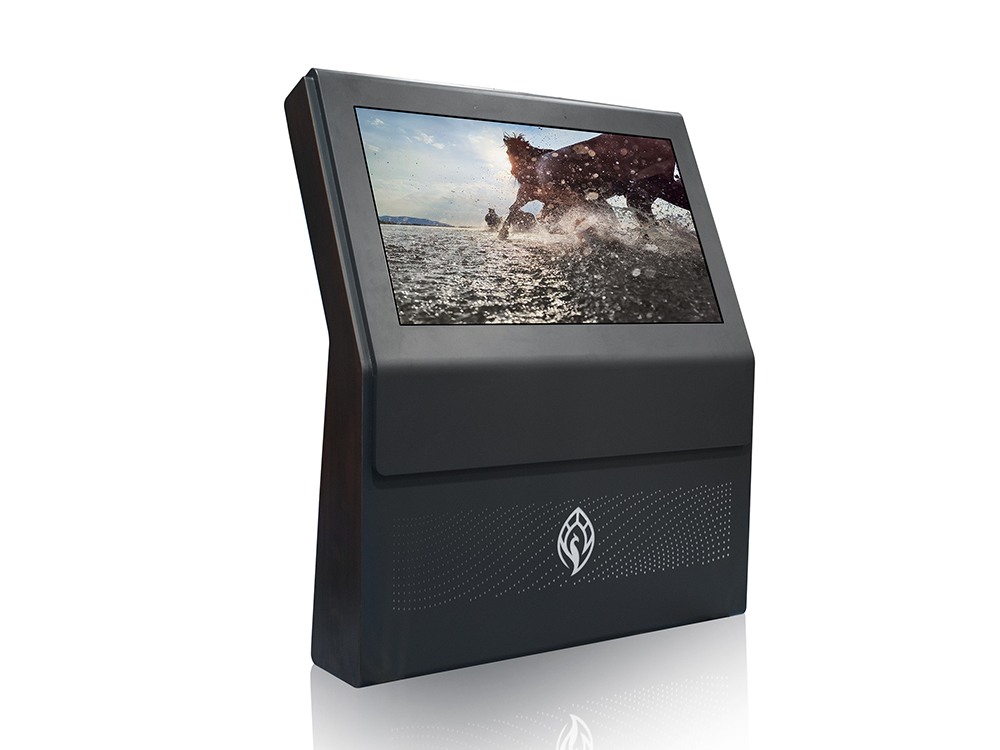Can Digital Signage Play Video Content?
In the realm of modern communication and advertising, digital signage has emerged as a powerful tool that captivates audiences with its dynamic and visually appealing displays. As businesses strive to create immersive experiences for their customers, the question often arises: can digital signage play video content? The answer is a resounding yes, and the capabilities of digital signage in this regard are both versatile and extensive.

Digital signage refers to electronic displays that show information, advertisements, or other messages. These displays can range from simple, single-screen installations to complex, multi-screen networks that span entire buildings or even cities. The content shown on digital signage can be static images, animations, or, indeed, video content. The ability to play videos is one of the most compelling features of digital signage, as it allows for the delivery of rich, engaging, and ever-changing content that can attract and hold the attention of viewers.
One of the primary advantages of using digital signage to play video content is its ability to convey information in a more impactful and memorable way. Videos combine visual and auditory elements, making them far more engaging than static text or images. They can tell a story, demonstrate a product, or provide instructions in a manner that is both informative and entertaining. This is particularly useful in retail environments, where digital signage can be used to showcase new products, promote sales, or provide customers with information about store services.
In addition to its engaging qualities, video content on digital signage can also be updated remotely and in real-time. This means that businesses can change their messaging as often as needed, without the need for physical intervention. For example, a restaurant can update its menu board to reflect daily specials or a retail store can promote a limited-time offer. This flexibility allows businesses to stay current and relevant, responding quickly to market trends and customer demands.
The technical specifications of digital signage systems vary widely, but most modern systems are more than capable of playing high-definition video content. This ensures that the visuals are crisp and clear, enhancing the overall viewing experience. Furthermore, many digital signage solutions support a range of video formats, making it easy to integrate content from various sources. Whether the video is produced in-house or sourced from a third-party provider, it can typically be formatted and uploaded to the digital signage system with relative ease.
Another key consideration when it comes to playing video content on digital signage is the issue of sound. While some digital signage installations are silent, many incorporate audio to enhance the viewer's experience. However, it's important to manage sound levels carefully, especially in public spaces, to avoid disturbing nearby individuals. In some cases, digital signage systems may be equipped with volume controls or the ability to mute the audio during certain hours.
The integration of video content into digital signage also opens up opportunities for interactivity. For example, touchscreens can be used to allow viewers to interact with the content, selecting different videos to watch or exploring additional information about a product or service. This level of engagement can be particularly effective in educational settings, museums, or trade show exhibits, where interactivity can enhance the learning experience and make the content more memorable.
Moreover, digital signage can be used to create a sense of place and atmosphere. In hotels, restaurants, and other hospitality venues, video content can be tailored to reflect the brand's identity and create a welcoming environment for guests. For instance, a hotel lobby might feature a video showcasing the local area's attractions, while a restaurant could use digital signage to display videos of its culinary creations in action.
When planning a digital signage deployment that includes video content, it's important to consider the content creation and management process. High-quality video content requires careful planning and production to ensure that it effectively communicates the intended message. This may involve working with a professional video production company or utilizing in-house resources to create the content. Once the video is produced, it needs to be managed and scheduled appropriately to ensure that it is displayed at the right time and in the right place.
Digital signage software plays a crucial role in this process. It allows users to upload, schedule, and manage their video content with ease. Many digital signage platforms offer intuitive interfaces that make it simple to create playlists, set display times, and adjust settings. Some platforms even provide analytics tools that allow users to track the performance of their content, measuring factors such as viewer engagement and content reach.
In conclusion, digital signage is fully capable of playing video content, and this capability opens up a world of possibilities for businesses and organizations looking to communicate more effectively with their audiences. Video content on digital signage can be engaging, informative, and highly versatile, making it an invaluable tool for marketing, education, entertainment, and more. By leveraging the power of video, businesses can create immersive and memorable experiences that resonate with their customers, enhancing brand awareness and driving engagement. Whether it's a simple promotional video, an instructional tutorial, or a captivating artistic display, digital signage provides the platform to bring these ideas to life in a way that is both impactful and enduring.
Application scenarios of digital signage

Tags:
self service kiosk touch kiosk digital signage interactive display interactive touch whiteboard kiosk video wall wall outdoor kiosk IP68 IP67 screen Shopping MallCurrent article link:
https://www.lcdkiosk.com/news/1324.html







